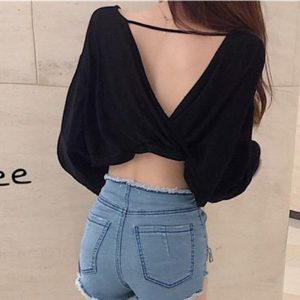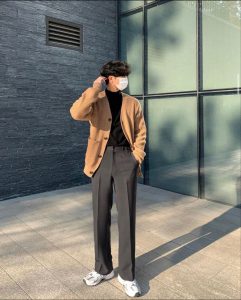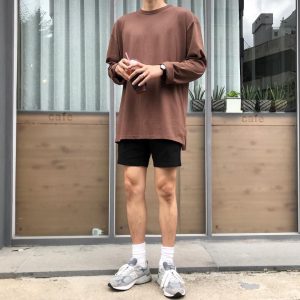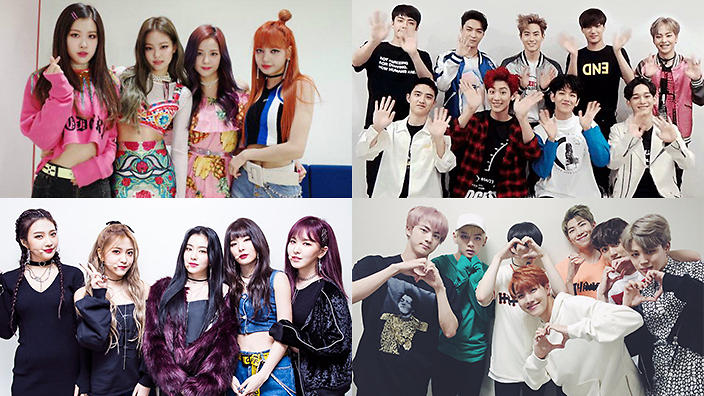11 Clothes to Avoid in Korean Fashion
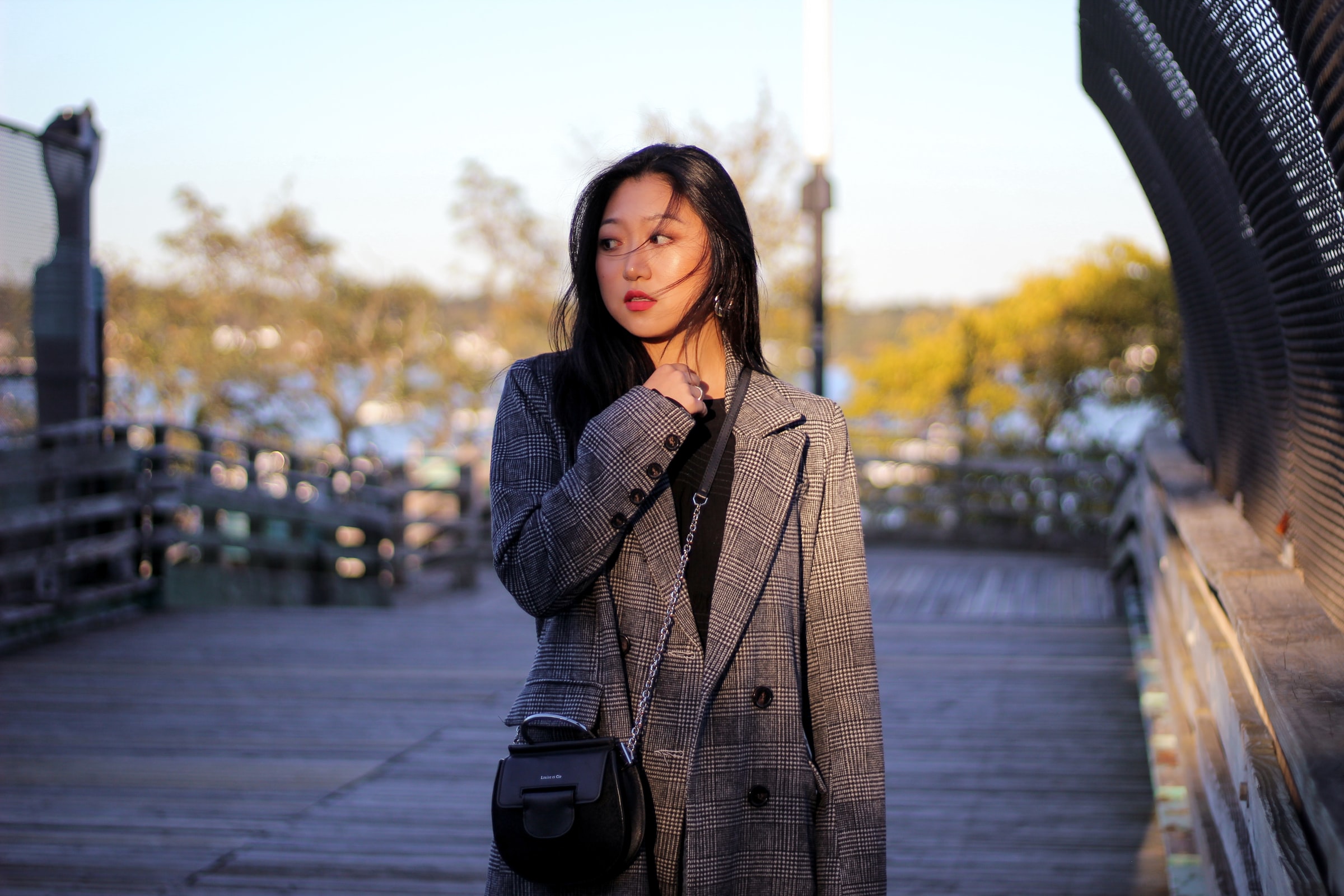
Milan and Paris are associated with fashion, however, no country does fashion as South Korea does. Korean fashion is a lifestyle Koreans practice everyday no matter the occasion. They dress up everyday for work, day-off, dinner, or casual outing. No matter where they are going, we can expect to see Koreans well dressed.
Unlike western fashion culture, where women are expected to dress up and use an assortment of colors, Korean fashion is for everyone. South Korean fashion allows men to dress up for any occasion without having color restrictions. In western culture, we are taught and enforce “gendered” colors in boys and girls limiting what they can wear or not.
South Korea opens new possibilities of what men and women can wear. However, we need to acknowledge Korean fashion is rooted in conservatism due to a time in history where president Park Chung Hee set a conservative environment that affected all aspects of their culture. Fashion being one of those aspects.
Fashion culture in South Korea expands to many industries influencing the styles of Koreans. We can expect to see Kpop fashion to street fashion, university fashion to retro-sport fashion. But even though Koreans have many styles, there are clothing styles we need to avoid when we wear Korean fashion.
Table of Contents
Korean Fashion Woman
Women fashion in Korea has different styles we can choose from and express our own individuality. However, we need to keep in mind Korean fashion has been valued in their conservatism in regards to how they present themselves physically, especially women. For Korean fashion women, there are certain clothing styles that we should avoid wearing not only out of respect but uncommon in Korean fashion to wear items with certain features.
1. Tops with Cleavage:
Although it is becoming more acceptable with modern Korean fashion, there are still reservations about showing cleavage. Even if there are tops or blouses with cleavage, women take extra precaution generally when sitting, bending, and bowing. It is uncommon to find Korean clothing with cleavage since women are conservative in showing skin in the upper body.
2. Backless Clothing:
No cleavage means no backless clothing as well. There is hardly any Korean women’s clothing that reveals the backside since it is considered as bad as showing cleavage. Korean women are conservative of their upper body.
3. Tops Revealing Shoulders:
Even though modern Korean fashion is accepting of revealing shoulders, we are more likely to find tops and blouses revealing only one shoulder than both. Shoulders are off-limits still when exposing upper body skin. If we decide to wear a one-shoulder top, we might consider bringing a cardigan or jacket to cover up.
4. Bikini Swimwear:
Bikinis are common swimwear in western cultures, however, in Korean culture women do not wear them. If you can already guess, exposure of the upper body skin does not happen with their regular clothing let alone with their swimwear. Korean women wear shorts as swimwear and opt for one-piece suits.
5. Showing Legs Without Covering:
A strange contraction, we know. But in Korean fashion, women are allowed to show as much leg as they want. However, they need to have a shawl or scarf to cover up their knees when they sit. Why? When we stand, mini dresses and short-shorts do not ride up as much as when we sit. Keep in mind that even if we are allowed to show leg, we still need to be modest and conservative.
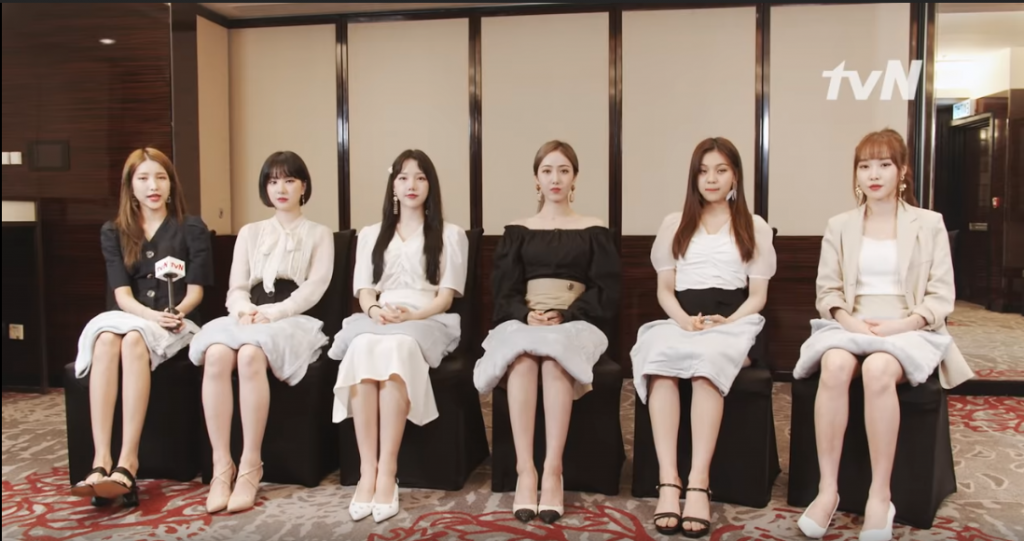
GFriend interview with tvN Asia
6. Leggings as Bottoms:
Leggings as pants are part of western culture. In Korean fashion, women wear leggings underneath their skirts, shorts, or even pants. Even when women wear them without bottoms, they wear shirt dresses which cover them up.
Korean Fashion Men
Men in South Korea are fashionable! They dress to impress as women, and they know how to not shy away from colors. Although there are not many restrictions on what men can wear, there are a few pointers men should consider when wearing Korean fashion. Korean men’s clothing has some regulations.
7. No Bold Palettes for Casual Menswear:
Bold colors are not reserved for casual menswear. Earth tones or neutral colors are reserved for casual outings if we are looking to look chic and composed. Bold colors can be reserved for other occasions such as a festive one.
8. Fingertip Rule for Shorts:
As a thumb rule, men should wear shorts above the knee and to the end of their fingertips. Although women can show as much leg as they like, men have restrictions on leg exposure. Not to mention shorts are usually reserved for casual outings than they are as formal wear.
9. Well Groomed:
Grooming can be considered part of beauty care, however, Korean men’s fashion focuses on having a well-groomed man. By well-groomed, we mean facial hair is properly maintained and clean-cut. Some Korean men prefer to have a clean-shaven look. Grooming their facial hair is part of their men’s fashion.
General Korean Fashion Tips:
As we mentioned before, Korean fashion is a lifestyle. Koreans dress up for every occasion, and there are some general tips to keep in mind when wearing Korean fashion.
10. No Matching Patterns:
As strange as it may seem, Koreans love to mix their patterns. Korean women fashion hardly has matching tops and bottoms, since mixing patterns is part of creating our individualism and style. Korean men fashion, however, have matching patterns for suit tops and bottoms. Men are more likely to match patterns for their suits.
11. NO Business Casual:
A norm in western fashion culture to sport the business casual look at work is unacceptable in Korean fashion. The business environment in South Korea has dress regulations on how men and women are to present themselves to work. Women in general should wear closed shoes, skirts, or suit pants. Where men wear suits or proper business attire.
Even though there are some restrictions for women and me in Korean fashion, it is ever-changing. And with kpop idols influencing culture, they are also paving their own fashion style for their industry as well. However, Korean fashion has been a way of life since before the new trends began to make way into Korean closets. Hanbok, a traditional attire, worn daily or on special occasions such as holidays or festivals. They are considered an icon in Korean culture and worn still on special occasions.
Even though the hanbok is not worn on a daily basis, Korean fashion has conservative roots that regulate Korean women’s clothing. Upper body skin exposure is not as common in Korean fashion as it is in western culture. Fashion in Korea has to do less with exposing skin but finding our own individualism and style. After all, what we wear is the first impression we make before our actions and speaking.
We want to have fun choosing our clothing, mixing patterns, and dressing up for all occasions. We can look as good on a day off as when we go out with friends. Do you think exposing as much leg is the same as revealing our upper body skin? Tell us in the comments below.
To learn more about Korean fashion, check out the video below!


